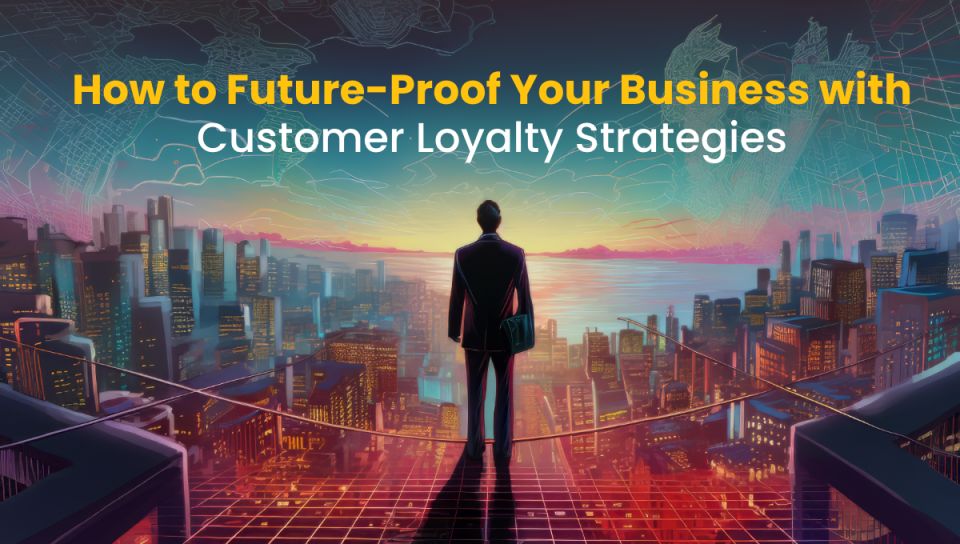As businesses negotiate an increasingly turbulent market and altering consumer preferences, keeping a competitive advantage requires more than simply operational efficiency. To ensure long-term success, businesses must develop methods that establish strong, long-lasting client relationships.
Research shows that organizations save as much as 25% more customers and increase revenue by up to a factor of ten when they do it well. Brands that utilize unique loyalty efforts can not only keep hold of crucial consumers, but also adapt to processes surrounding uncertainty in the economy.
This article looks at how incorporating creative loyalty tactics can boost consumer engagement, increase business resilience, and drive long-term success.
Understanding Customer Loyalty
Customer loyalty refers to a customer’s continued preference for and repeat business with a specific brand. It is more than just a one-time buy; it represents a commitment to a brand, which frequently leads to recurring transactions and advocacy.
Strong customer loyalty ensures business stability. Loyal consumers are more likely to make repeat purchases, which reduces the need for ongoing customer acquisition activities. This constancy stabilizes revenue and establishes a strong client base that can withstand market swings.
The Impact of Customer Loyalty on Business
Revenue Growth
Loyal consumers are extremely valuable. They play an important role in generating revenue growth. According to studies, boosting client retention by 5% can result in profit improvements ranging from 25% to 95%. This large influence results from their higher lifetime value and proclivity to spend more over time.
Customer Retention vs. Acquisition
Retaining existing consumers is usually more cost effective than obtaining new ones. According to research, acquiring a new customer might cost between 5-25% more than retaining an existing one. Businesses can achieve long-term growth by prioritizing loyalty above high client acquisition costs.
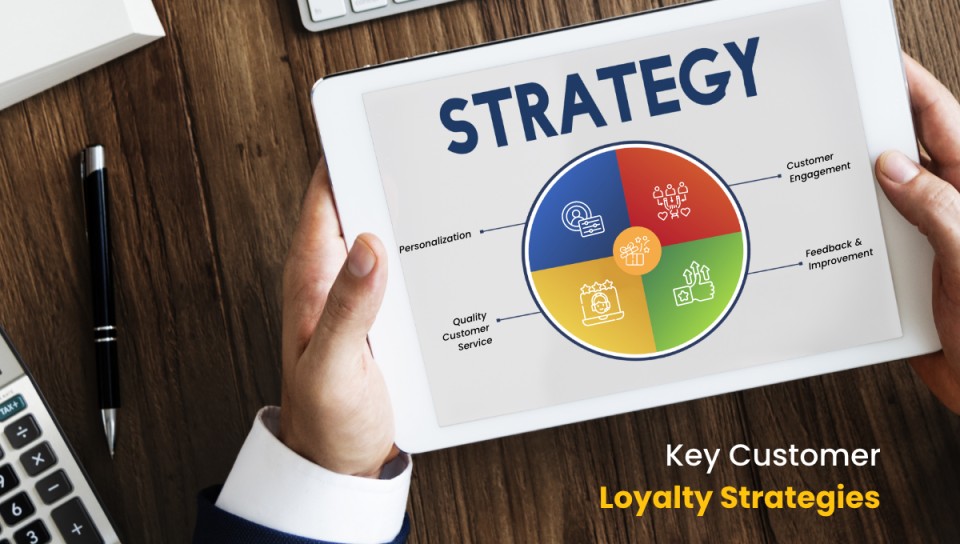
Key Customer Loyalty Strategies
1. Personalization
Tailoring experiences to individual preferences fosters a better relationship with clients. Personalization can take many forms, including customized product recommendations and personalized email content. Brands that provide personalized experiences increase the likelihood of a purchase by 80%.
2. Loyalty Programs
Loyalty programs have been shown to be an effective way to build long-term relationships. Point-based systems, tiered rewards, and cashback offers are some examples. These initiatives encourage repeat purchases and involvement, effectively retaining customers and promoting brand loyalty.
3. Customer Engagement
Active interaction via channels like social media, email, and SMS is critical. Regular contacts keep your business top of mind while also allowing you to resolve concerns and deliver value. According to studies, organizations that implement effective engagement tactics have 70% higher customer satisfaction ratings.
4. Quality Customer Service
According to a research, 82% of customers stopped doing business with a brand because of poor customer service. Providing prompt and helpful service makes customers feel valued and understood.
5. Feedback and Improvement
Continuously requesting and acting on consumer feedback is crucial for long-term success. Businesses that listen to customer feedback and make the necessary changes can adapt to changing preferences while retaining high levels of satisfaction.
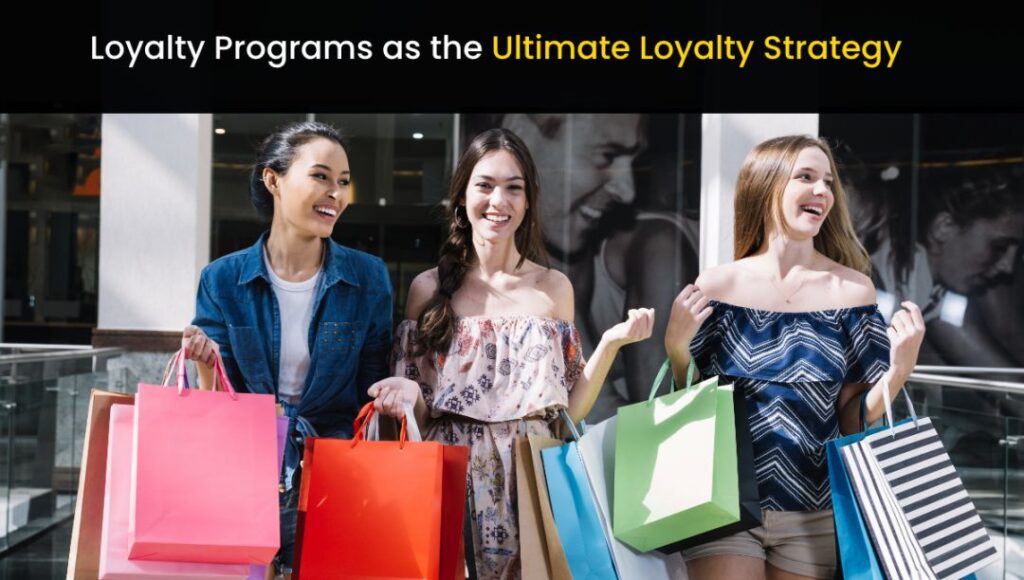
Loyalty Programs as the Ultimate Customer Loyalty Strategy
Loyalty programs combine all of the above strategies into one. They offer a structured way to reward, engage, and personalize customer interactions. They use point systems, tiered rewards, and targeted offers to increase customer retention, engagement, and happiness. They also give you data insights so you can adjust your strategy for better results.
They are a way to reward, engage, and personalize customer interactions so they are the future-proofing your business.
1. Holistic Engagement
Loyalty programs enable continuous engagement across every touchpoint, offering rewards for purchases, referrals, and social interactions. By integrating data-driven design, future-ready tech, and continuous optimization, these programs foster holistic loyalty, keeping customers connected and motivated to interact with your brand.
2. Increased Customer Retention
Loyalty programs are great at retaining customers. By offering incentives for repeat purchases and continued engagement, businesses can reduce churn rates. According to 82% of businesses, retention costs significantly less than acquisition, making loyalty programs a cost-effective strategy to increase retention.
3. Personalization at Scale
Modern loyalty programs use data to deliver personalization. By understanding customer behavior and preferences, businesses can offer tailored rewards and recommendations that resonate with individual customers. Personalization increases customer satisfaction and loyalty, with 80% of customers more likely to engage with brands that offer personalization.
4. Enhanced Customer Lifetime Value
Loyalty programs encourage customers to spend more by rewarding them for their purchases. Loyalty program members spend more than non-members, which increases customer lifetime value. A KPMG study found loyalty program members generate 12-18% more revenue per year than non-members.
5. Building Emotional Connections
Beyond transactional rewards, loyalty programs can create emotional connections with customers. By recognizing and rewarding customers for their loyalty, businesses can create a sense of belonging and appreciation. This emotional bond builds customer loyalty and advocacy.
6. Valuable Zero & First-Party Data
Loyalty programs give businesses valuable data on customer behavior, preferences, and purchasing habits. This data can be used to refine marketing strategies, develop new products, and improve overall customer experience. Businesses that use customer analytics well see 126% more profit than those that don’t.
7. Competitive Advantage
A well-designed loyalty program can make your brand stand out in a crowded market. It gives you a unique value proposition that attracts and retains customers, making your brand the preferred choice. 64% of retailers say loyalty program members are their most profitable customers.
Loyalty programs cover all aspects of customer retention, engagement, and satisfaction. They give you a structured way to build and maintain strong customer relationships, consistent revenue streams, and long-term business stability. In short loyalty programs are not just an add-on but a business essential for any business looking to future-proof themselves in a competitive market.
Case Studies: Effective Loyalty Strategies in Action
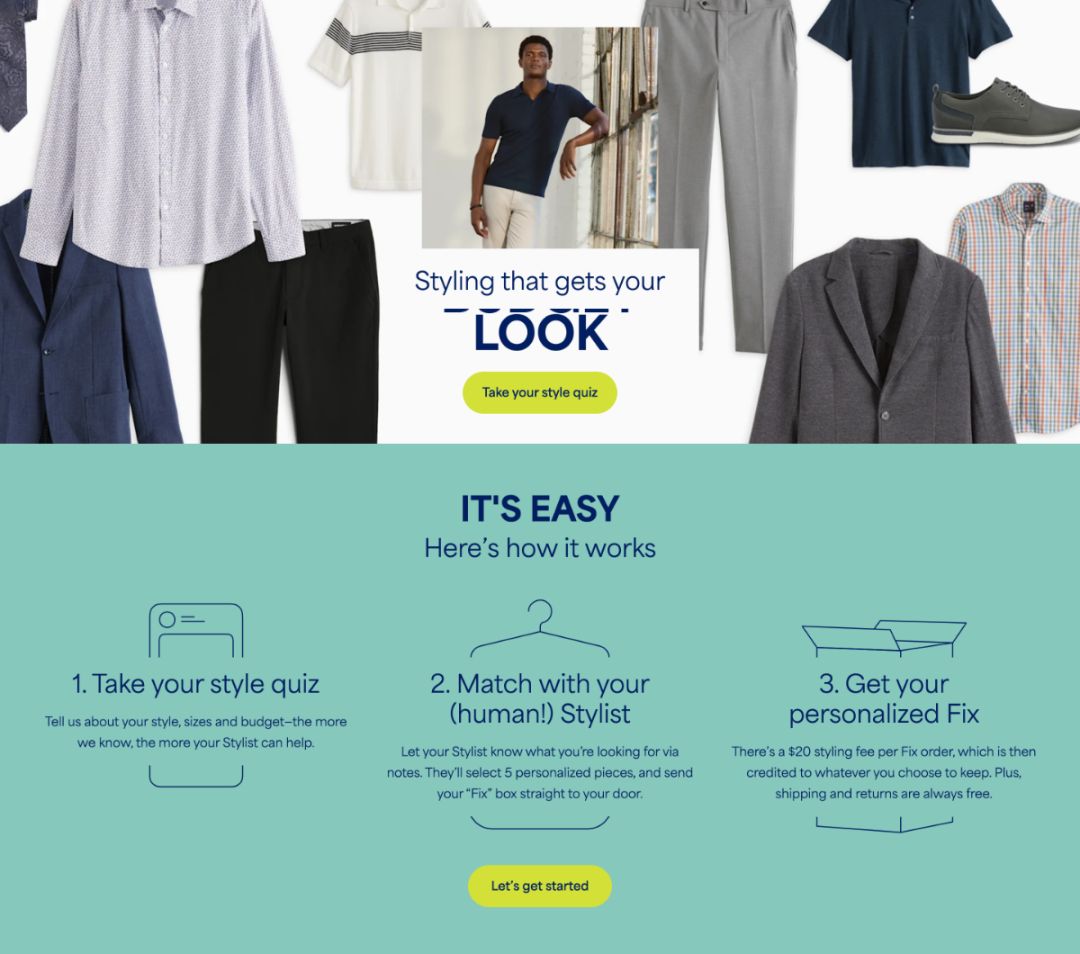
Case Study 1: Stitch Fix’s Personalized Styling
Stitch Fix provides a personalized styling service in which consumers are given selected clothing options based on their style choices, sizes, and comments from past orders. The organization refines and personalizes future clothing options based on user profiles and comments.
Impact of Personalization:
Stitch Fix’s personalization strategy has improved customer satisfaction and retention. The company reported a high repeat purchase rate, with many customers subscribing to receive continuously personalized fashion recommendations. The strategy has helped Stitch Fix achieve a 60% greater conversion rate on personalized recommendations than generic options.
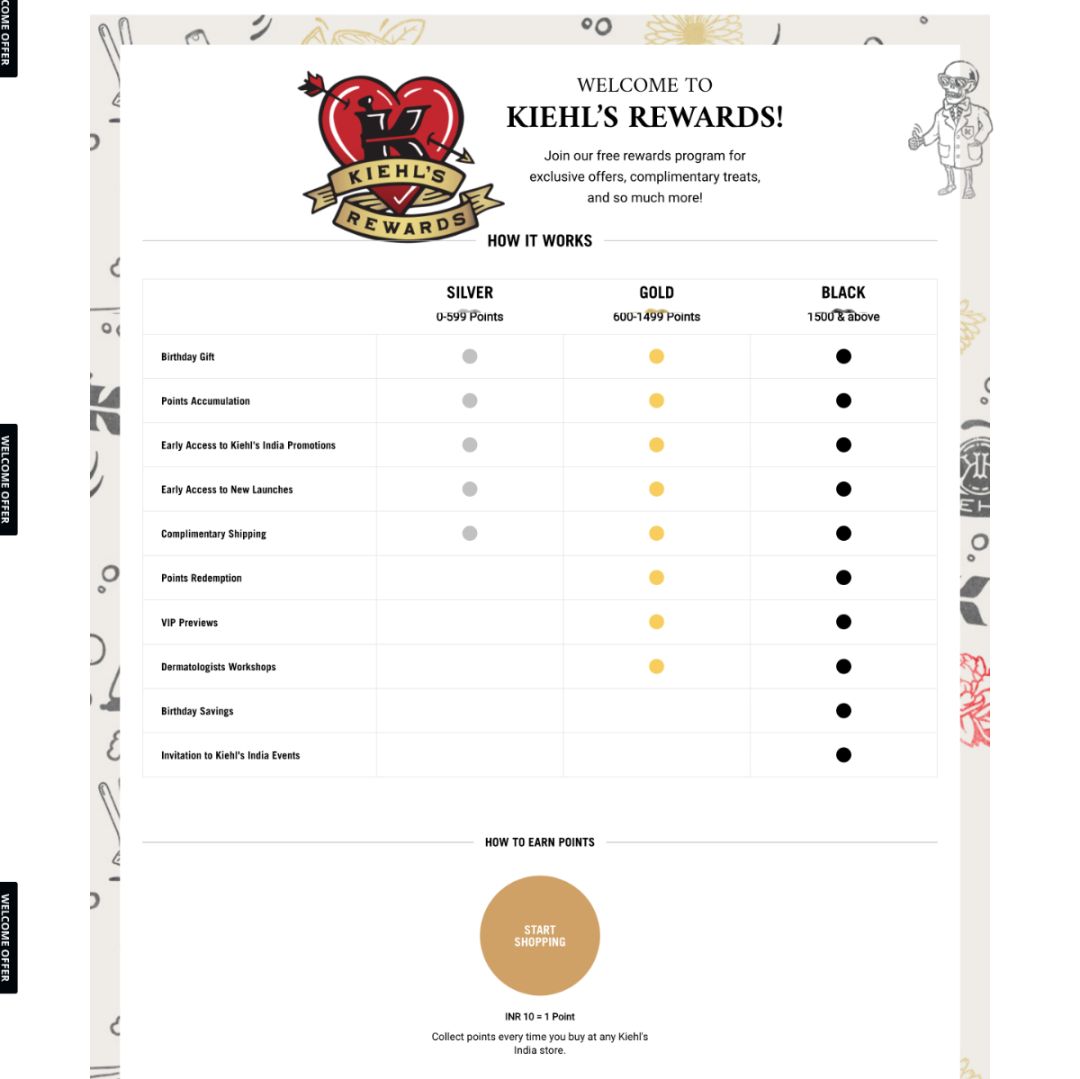
Case Study 2: Kiehl’s Reward Program
Kiehl’s offers a loyalty program that is a tier-based loyalty program, rewarding members with points for each purchase, access to exclusive perks like early product releases, and personalized skincare consultations. The program also includes birthday rewards and seasonal bonuses.
Impact of the Loyalty Program:
Since the program’s inception, Kiehl’s has seen a 25% increase in customer retention and a 15% rise in average spend per transaction. Members have shown strong brand loyalty, often sharing their positive experiences on social media and recommending Kiehl’s products to friends and family.
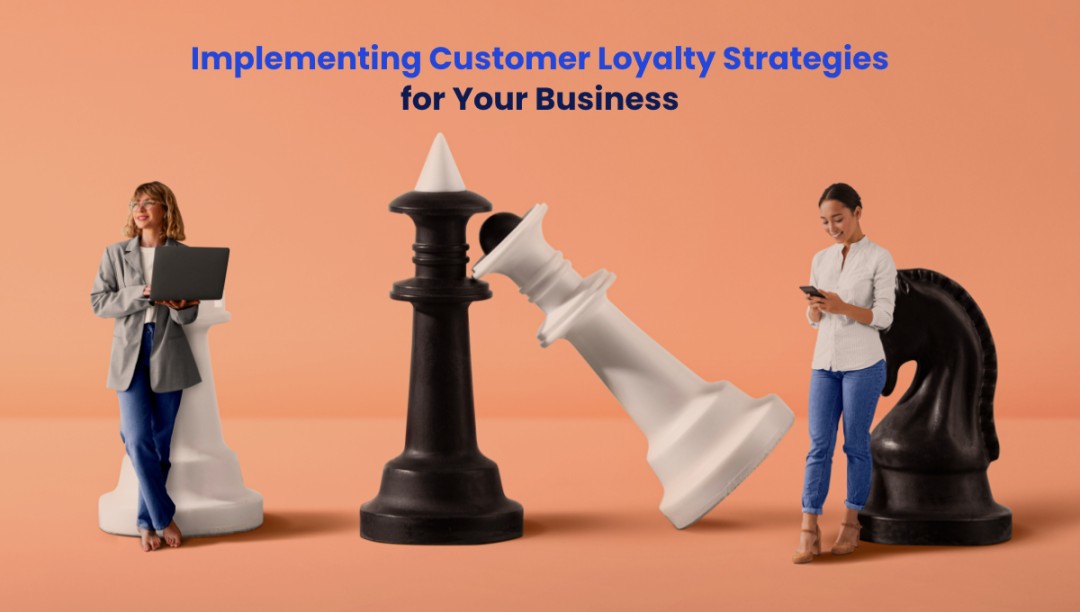
Implementing Customer Loyalty Strategies for Your Business
1. Current Customer Loyalty Landscape for Your Business
Start by evaluating your existing customer loyalty efforts. Analyze client feedback, engagement metrics, and the performance of your current loyalty program to uncover gaps and areas for potential enhancement.
2. Set Clear Objectives
Set clear, measurable goals for your customer loyalty strategies. Whether your aim is to boost repeat purchases, enhance customer engagement, or improve satisfaction levels, establishing specific targets will guide your approach and help you track progress effectively.
3. Current Strategy vs New Strategy
Compare your current loyalty initiatives with the new strategies you plan to implement. Identify key differences, such as the introduction of personalization techniques, improved customer service practices, or the launch of a more robust loyalty program, to ensure your new strategy addresses the shortcomings of the existing one.
4. Execution and Optimization
Develop a detailed plan to execute your loyalty strategies. This should include the creation and rollout of your loyalty program, the integration of personalization, and the application of best-in-class customer service methods. Regularly assess performance data and customer feedback to refine and optimize your strategy for continuous improvement.
Conclusion
To ensure your brand’s future viability, you must prioritize customer loyalty. Understanding and implementing successful loyalty tactics, particularly well-designed loyalty programs, can allow you to create long-term customer relationships, secure consistent revenue, and assure long-term profitability. Embracing these tactics can not only stabilize your business but also position it for long-term success in an ever-changing market.
